What is it like to live in Falmouth?
The town’s village green is surrounded by antique sea captains’ homes, Main Street beckons with cheerful storefronts.
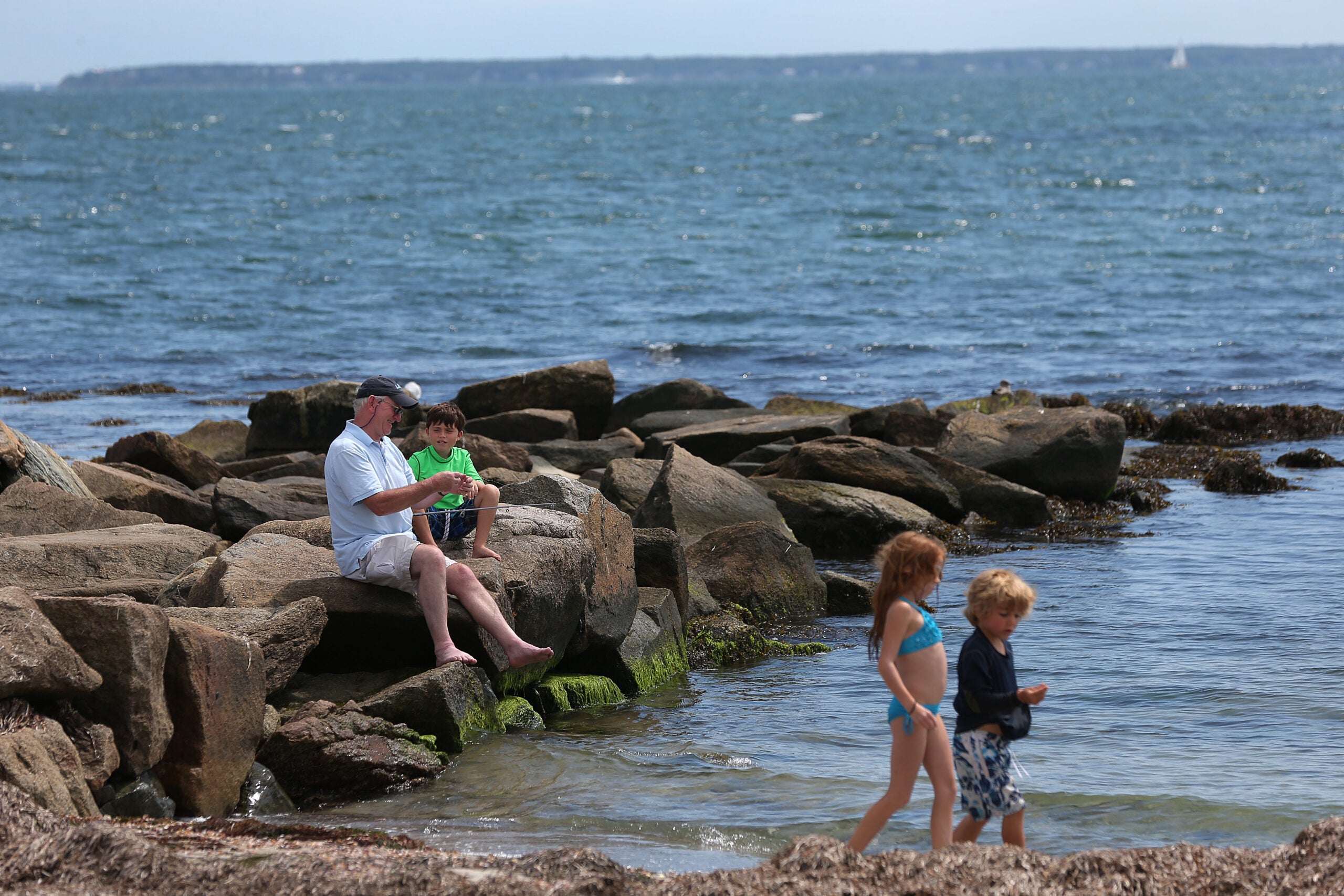
There’s no denying Falmouth’s idyllic vibe. The town’s village green — a militia training ground during the Revolutionary War — is surrounded by antique sea captains’ homes: gracious clapboard Federals and Georgians with their historic detailing meticulously intact. Main Street, once a disappointing strip of T-shirt shops, a dry cleaner, a jeweler, and dated restaurants, now beckons with cheerful storefronts bedecked with vibrant seasonal plantings, numerous up-and-coming eateries, and chic (yet accessible) boutiques stocking clothing and creative home furnishings and wares.
68 miles of coastline, 10 town-run public beaches, and 14 harbors, the town’s access to the ocean (and its proximity to Martha’s Vineyard — it’s 6 nautical miles from Falmouth Harbor to Oak Bluffs) is one of the biggest draws.
The second-largest municipality on the Cape, Falmouth has a year-round population of roughly 33,000 (it surges to more than 100,000 in the summer), and it comprises a thriving year-round community of individuals devoted to the town. Preserving history is paramount, and people often rally in support of it. When town landmark Highfield Hall, a mansion built in 1878 by the prominent Beebe family, was slated for the wrecking ball in 1994, concerned citizens stepped in to save the Stick-style Queen Anne structure. Thanks to an extensive restoration, the residence retains its original luster and now functions as a wedding venue and cultural center, with events, classes for all ages, stunning gardens, and nearly 400 acres of nature trails known as Beebe Woods.
Although more forward-looking and embracing of its younger population than ever before, the town is deeply proud of its heritage. Falmouth Museums on the Green hosts tours of its two 18th-century house museums and welcomes the public in its recently constructed cultural center for lectures, exhibits, and culinary demonstrations.
While residents unify to promote and preserve the town, they don’t shy from controversy. They have strong opinions when it comes to town politics, particularly over Conservation Commission and historic preservation issues. For years, the town has been embroiled in a debate over its three wind turbines, which some residents say have caused serious health problems.
Falmouth is a family-oriented place; the high school obtained a Level One rating last year based on its MCAS results. Falmouth Academy, a college-prep school for grades 7 to 12, has a beautiful sprawling campus and a curriculum that is both academically rigorous and nurturing of the arts. The school is home to the Cape Cod Theatre Project, which brings actors and writers to town to introduce new American plays.
Locals tend to hibernate in the summer to avoid the crowds. We come out in September, which is a magical time. The weather is pristine, beaches are vacant, sunsets are radiant, and you don’t have to wait an hour for a table at a restaurant. Idyllic indeed.
BY THE NUMBERS
10.7
The length in miles of the Shining Sea Bikeway. Named for a line in the song “America the Beautiful’’ written by Falmouth native Katharine Lee Bates, the bikeway traverses salt marshes, cranberry bogs, ponds, and woodlands. The only bikeway on Cape Cod that has a section along the seashore, it begins in North Falmouth and ends in Woods Hole.
About 13
The number of miles the town center is from the Bourne Bridge. Falmouth’s proximity to the bridge is a big perk; once you cross over, it’s not long before you’re home — traffic permitting.
8
The number of distinct villages in Falmouth. The most notable is Woods Hole, home to the world-renowned Marine Biological Laboratory and Woods Hole Oceanographic Institution (responsible for the discovery of the RMS Titanic) and the oldest aquarium in the nation.
42
The number of years ago that the first Falmouth Road Race was run. The town’s signature event draws more than 11,000 runners every August, including many of the world’s elite. The route begins in Woods Hole and travels along the shore to Falmouth Heights. Spectators line the street the whole way, cheering on the runners.

PROS & CONS
Pro
Unlike many Cape communities, Falmouth is a year-round town. Save for a few restaurants, businesses don’t shut down after the summer season ends.
Con
There are limited job opportunities for young professionals. Coupled with high housing costs, it’s difficult for young families to locate here.
Pro
Falmouth caters to its residents with an array of recreational, art, music, and enrichment programs for of all ages.
Con
There’s minimal access to big-ticket merchandise. With one furniture showroom and one appliance showroom, it’s impossible to comparison shop. For that, it’s necessary to head over the bridge or to Hyannis, a trek that can take 45 minutes or more along Route 28.
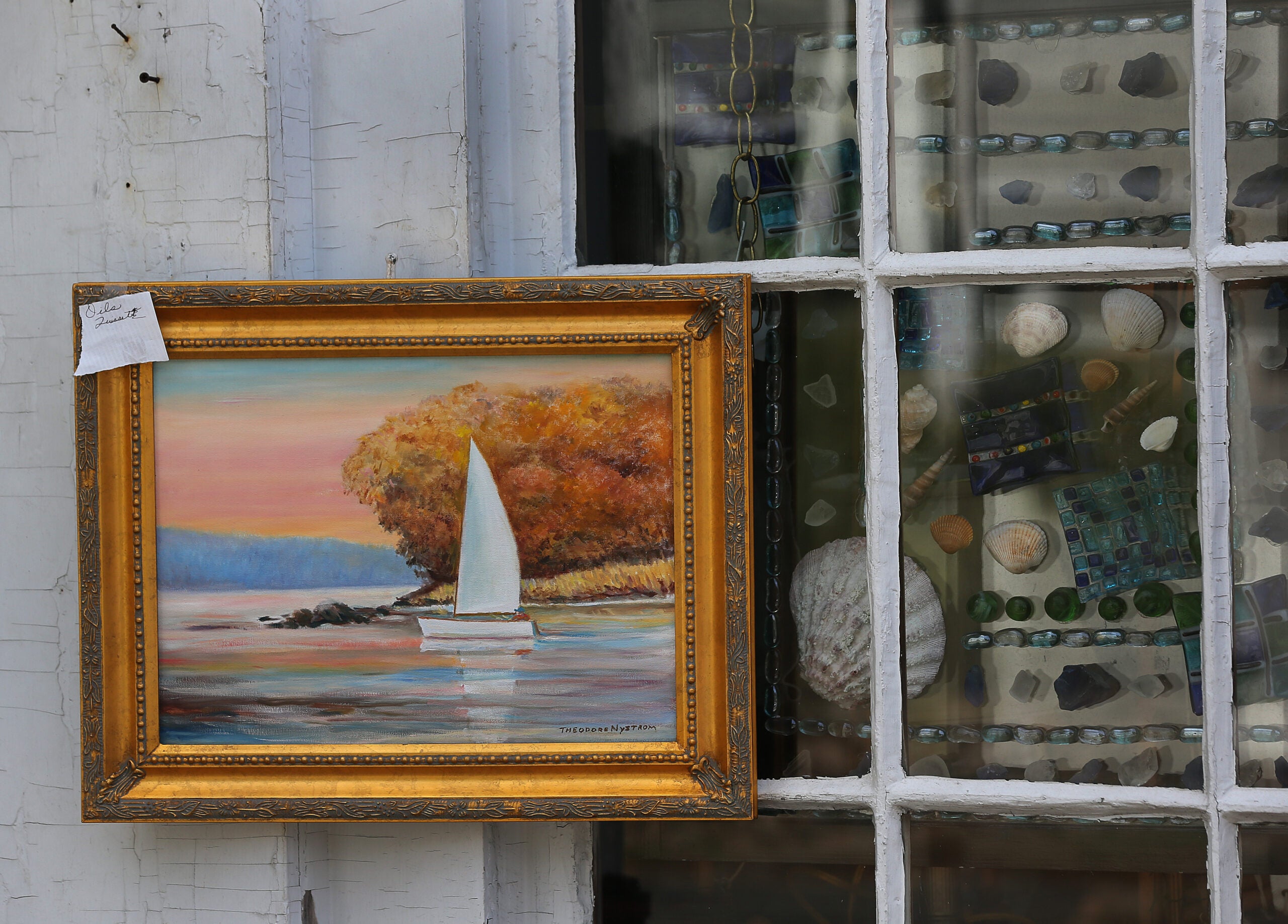
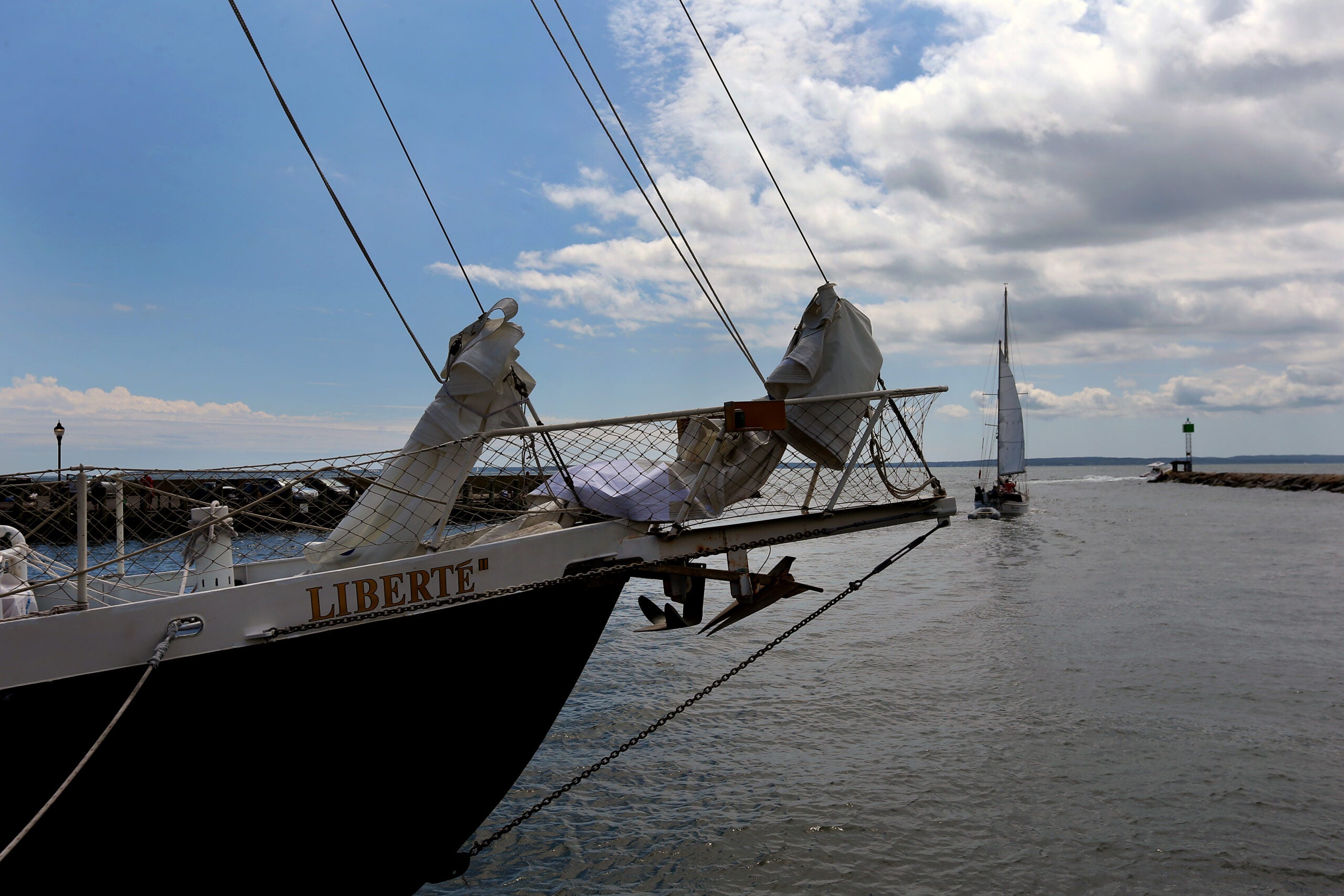
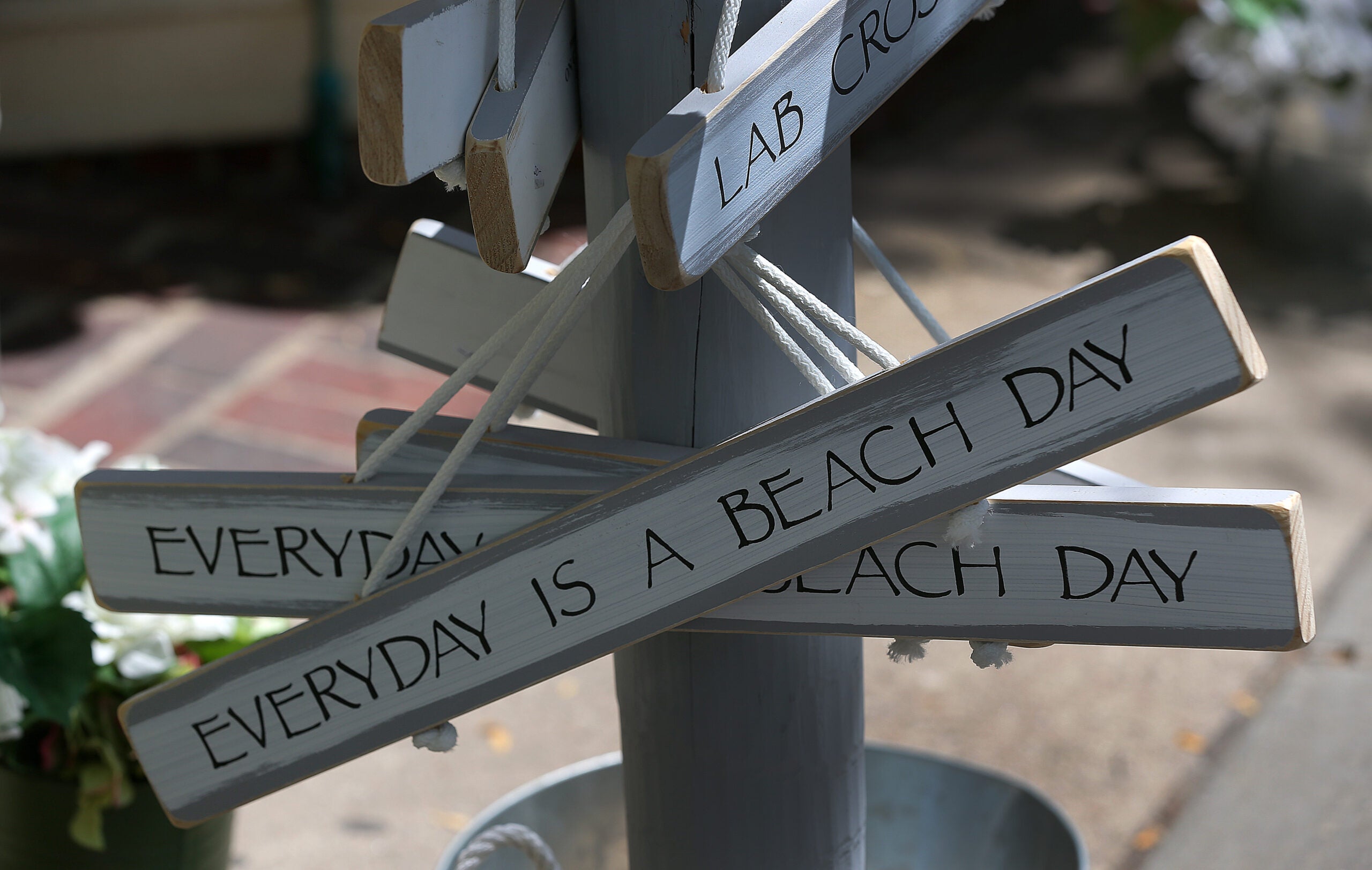
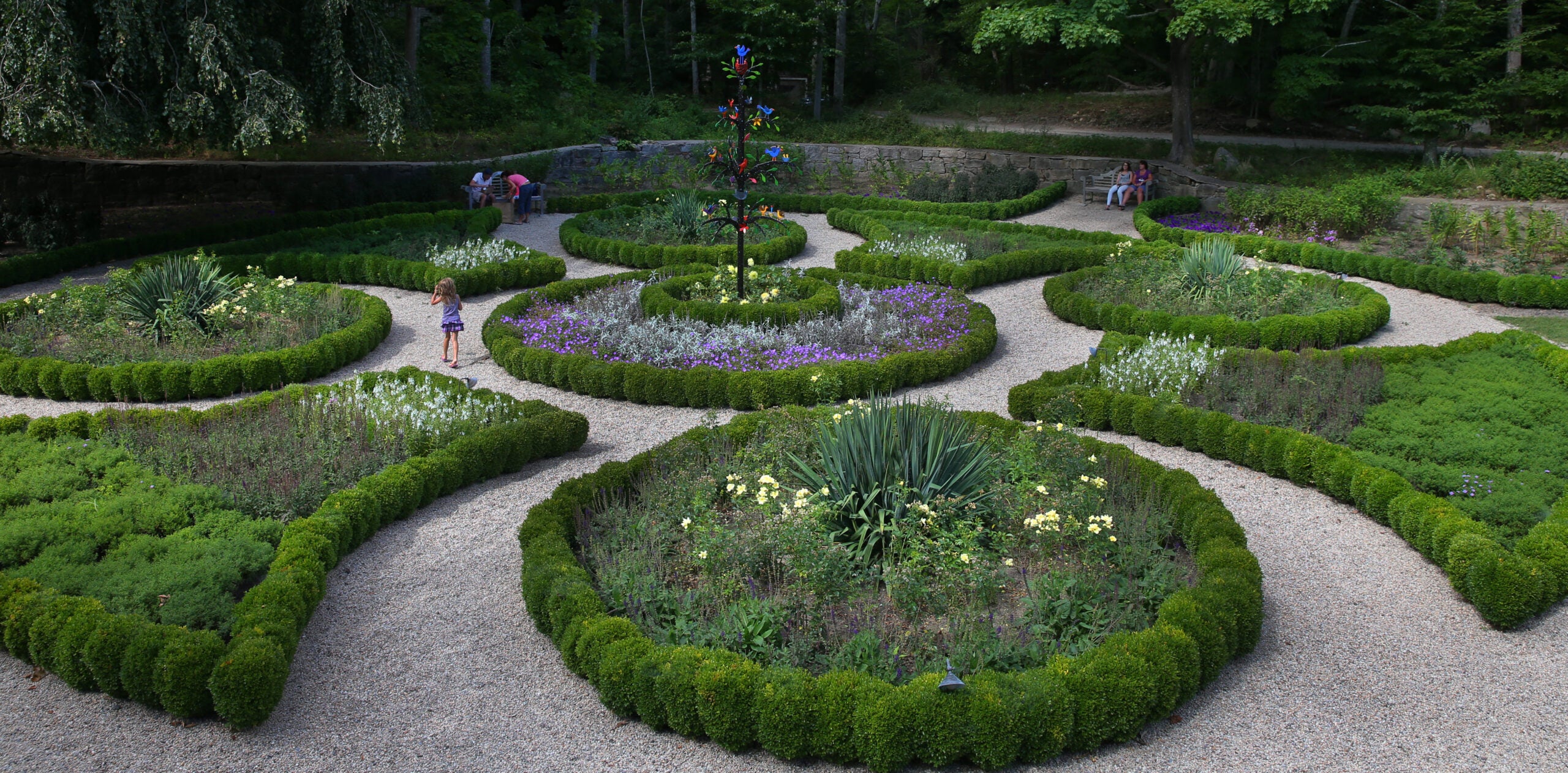

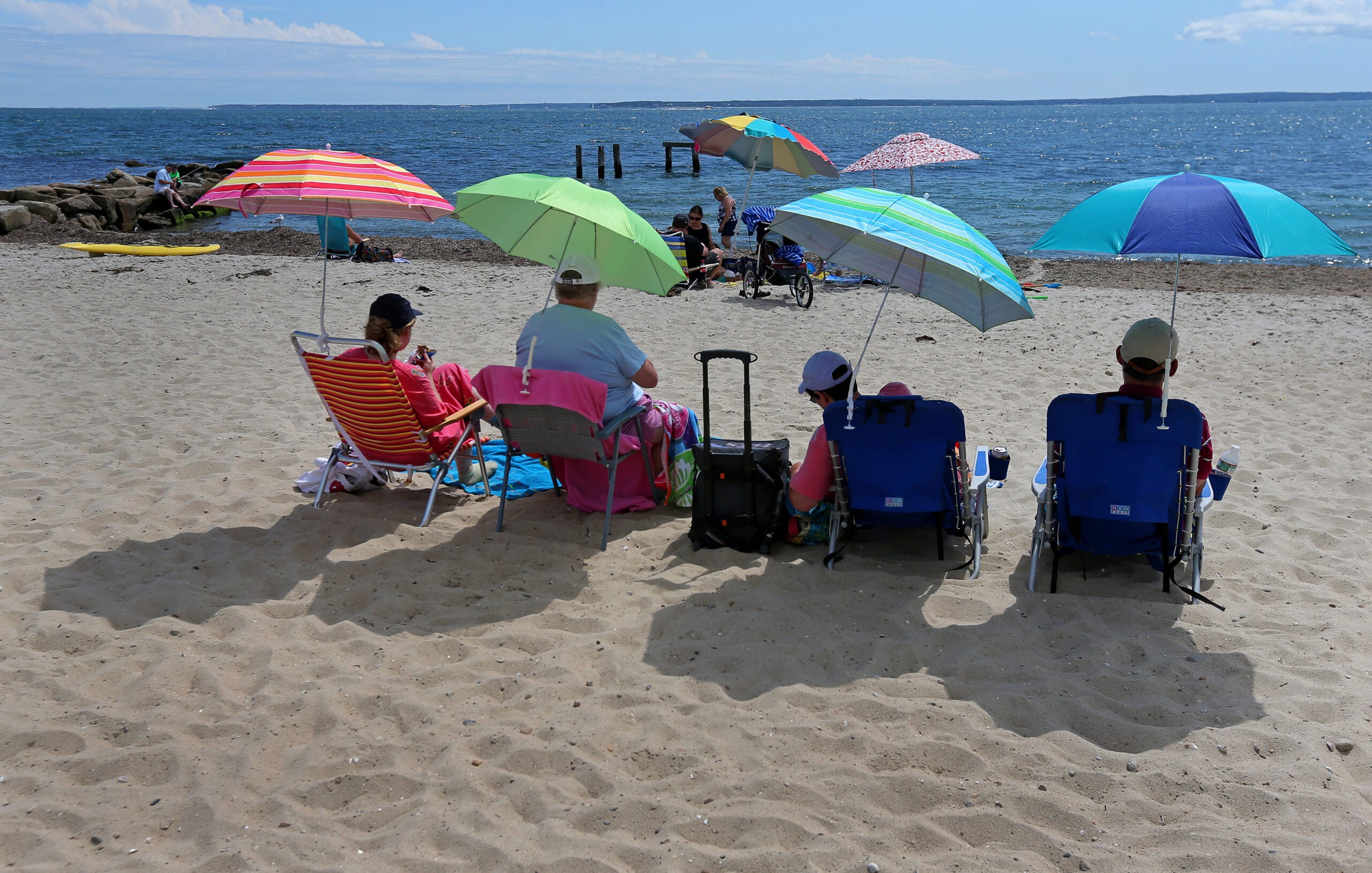

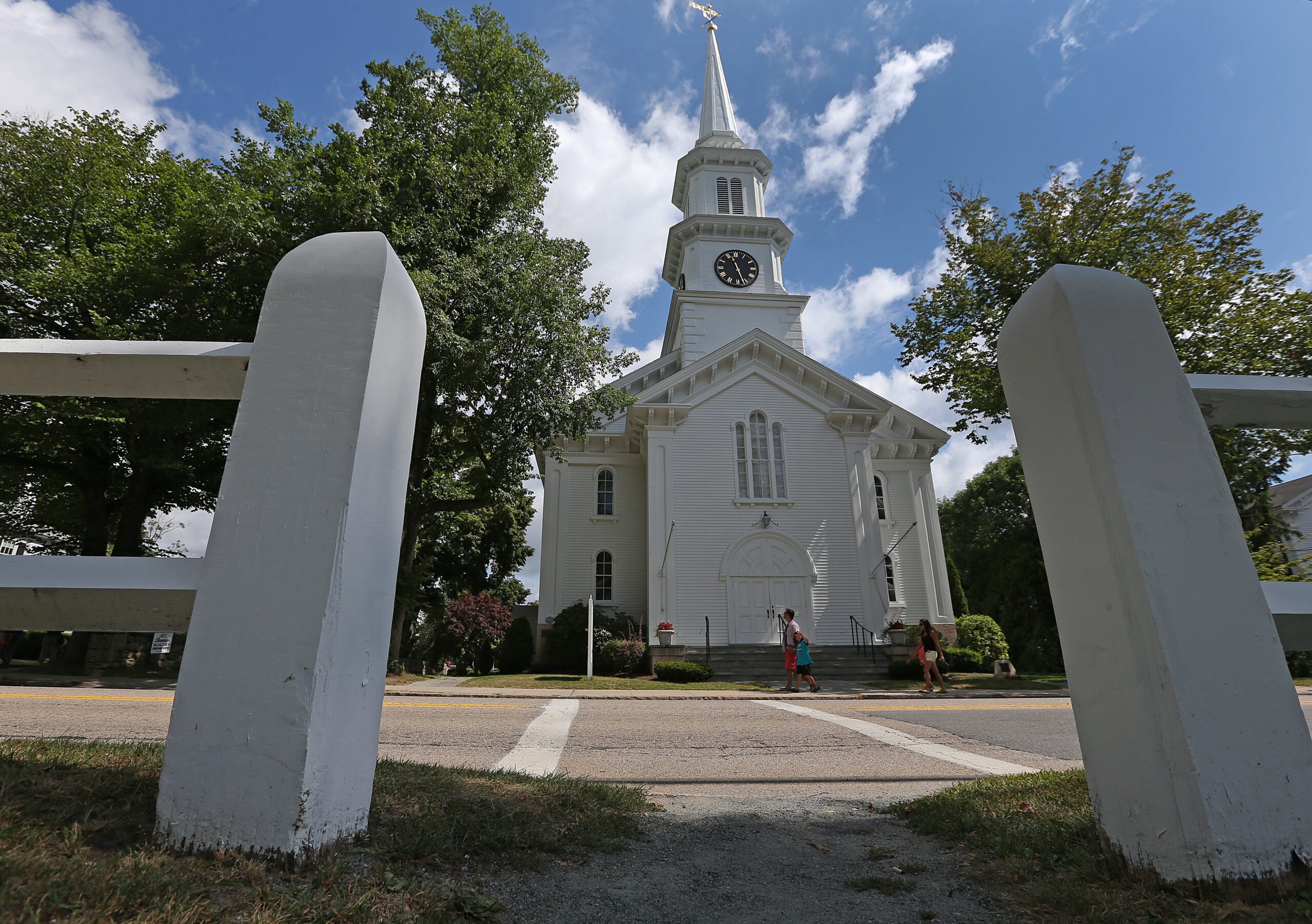
Jaci Conry can be reached at [email protected].


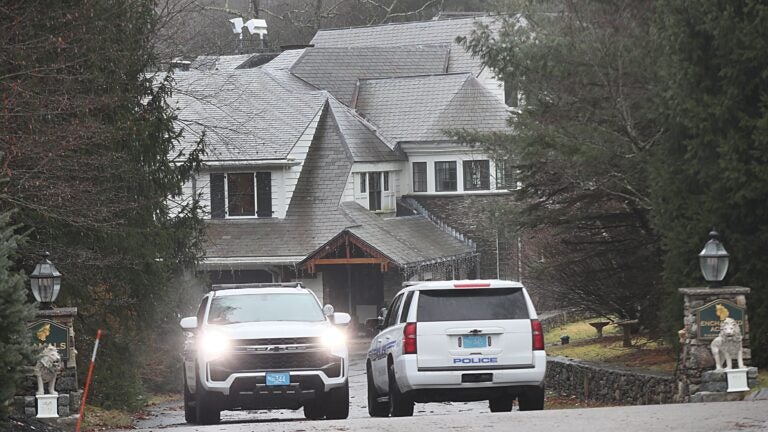




Conversation
This discussion has ended. Please join elsewhere on Boston.com